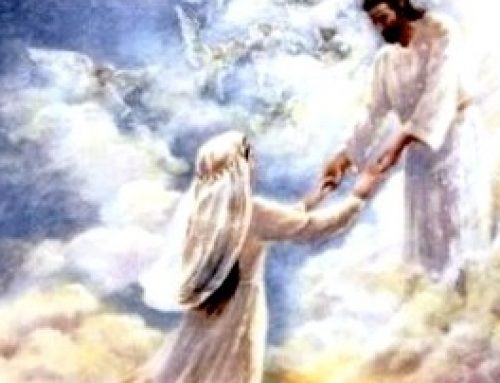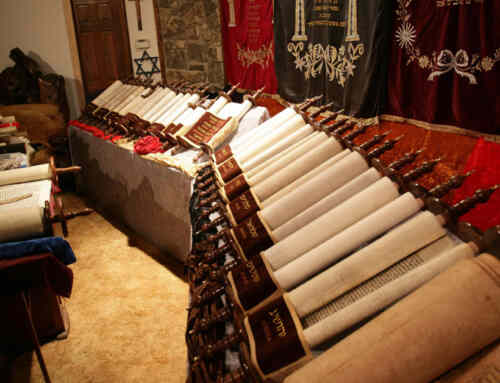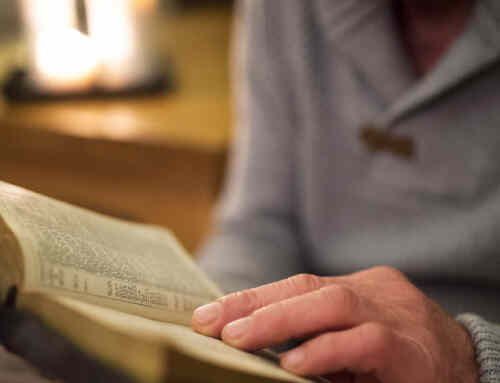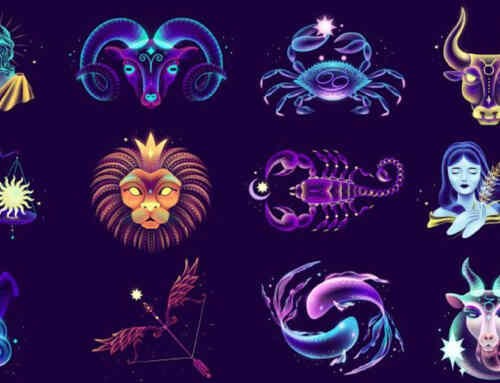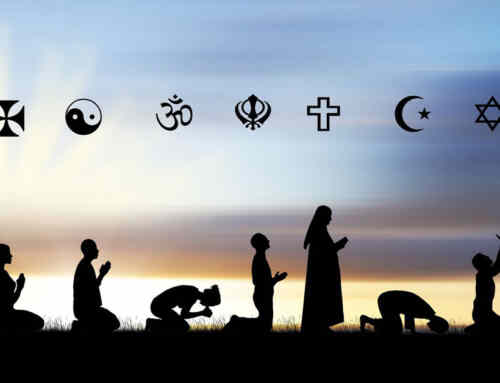Easter is the name that has been adopted by most Christian churches for the celebration of the resurrection of Christ. It is regarded as one of the most holy days of the Christian calendar. There are many theories as to the origin of the word Easter. One theory claims the pagan Saxon fertility goddess, sometimes referred to as Ä’ostre, Ostara, Eostre or Eastre, was celebrated at a festival in the springtime, around the time of the Passover, although no evidence of worship of such a goddess has been found, such as a shrine or physical documentation. Some believe that as pagans came into the church and converted to Christianity, Catholic church leaders saw no problem permitting customs from this pagan holiday that aligned with the Christian celebration of Jesus’ death and resurrection to be included in the customs that were observed.
Acts 12:4 in the King James Version mentions Easter, but the Greek word is actually pascha—Passover. Nearly all other translations correctly translate the word as Passover.
In the early churches, Easter was celebrated at different times and was associated with the Hebrew festival of Passover. In 325 A.D., the Council of Nicaea fixed the day as the first Sunday after the first full moon after March 21.
The Bible makes no mention of a long-eared, short-tailed creature who delivers decorated eggs to children on Easter Sunday. Nevertheless, the Easter bunny has become a prominent symbol that even many Christians have embraced as part of this important holiday. The exact origin of this symbol is unclear. However, rabbits are known to be prolific procreators and are an ancient symbol of fertility and new life. Most babies of animals such as rabbits and lambs are born in spring around Easter time. It is said that Early Christians may have associated the new life of the animals with Jesus being raised from the dead and our subsequent new life as “new creatures” in Christ (2 Corinthians 5:17).
The decoration of eggs is believed to date back to at least 13th century pagan traditions. In some Christian practices, eggs were a forbidden food during the season they call Lent (also not mentioned in the Bible), so people would paint and decorate them to mark the end of the period of penance and fasting, then eat them on Easter as a celebration. Eggs have long been associated with Easter as a symbol of new life and Jesus’ resurrection. European nations (both Eastern and Western) as well as the Nordic countries all have traditions dating back many centuries of decorating eggs, some very intricately.
It is always a challenge to avoid having human traditions overshadow the real meaning and significance of important events and times in the biblical record of salvation secured through Jesus Christ. We trust that the Lord will accept believers’ good intentions, even if they participate in some of the human traditions that have become attached to such celebrations.
Additional Resource:
Christian Questions Podcast
Episode #1224: “Why Should Christians Care About Israel’s Deliverance From Slavery?”
Absorbing the profound lessons Israel’s Passover teaches about Jesus
Preview Video
CQ Rewind Show Notes










